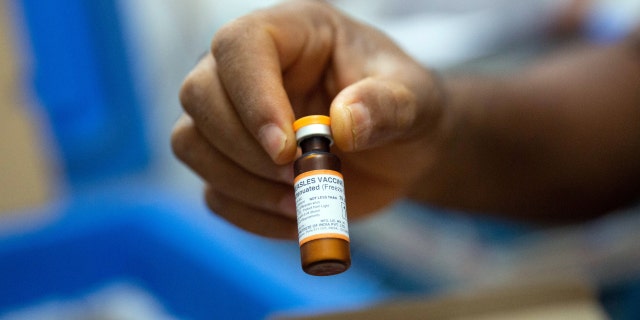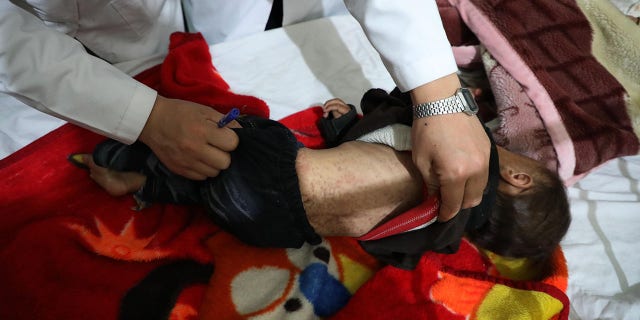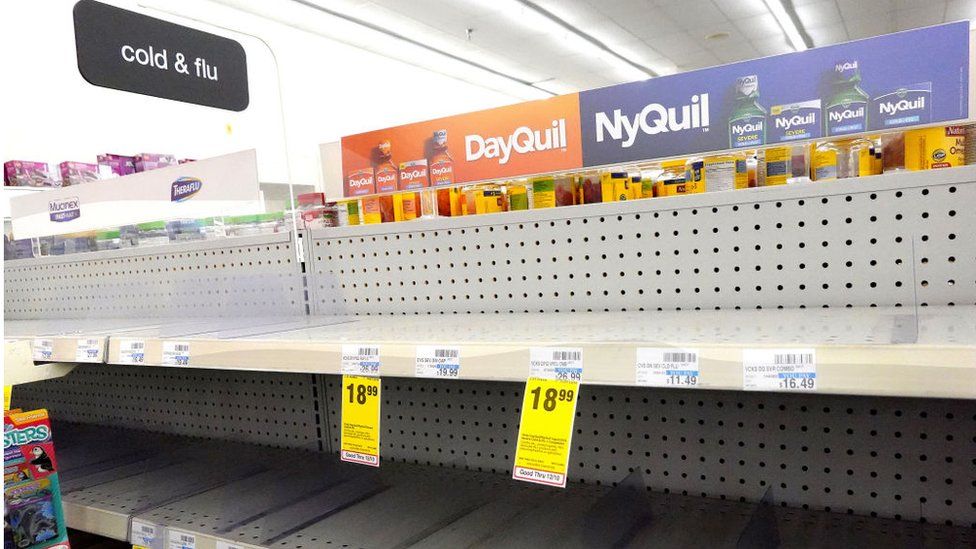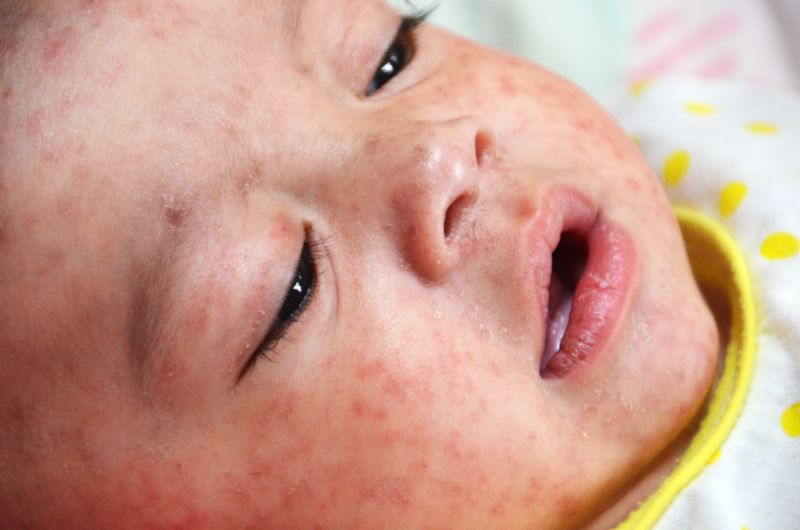A new modeling study is raising alarm bells after it determined that the number of young people in the United States with diabetes will increase by nearly 700% over the next 40 years.
The study, titled "Projections of Type 1 and Type 2 Diabetes Burden in the U.S. Population Aged <20 Years Through 2060: The SEARCH for Diabetes in Youth Study," was published in the journal Diabetes Care on Dec. 29, 2022.
The authors of the study predicted there might be 220,000 people under the age of 20 with Type 2 diabetes in the year 2060 — an increase of about 675% from the number of young people with type 2 diabetes in 2017.
DIABETES DRUG LED TO SIGNIFICANT WEIGHT LOSS IN PEOPLE WITH OBESITY: STUDY
"This new research should serve as a wake-up call for all of us. It’s vital that we focus our efforts to ensure all Americans, especially our young people, are the healthiest they can be," said CDC Acting Principal Deputy Director Debra Houry, MD, MPH, in a statement released on Dec. 29.
Houry added, "This study further highlights the importance of continuing efforts to prevent and manage chronic diseases, not only for our current population but also for generations to come."
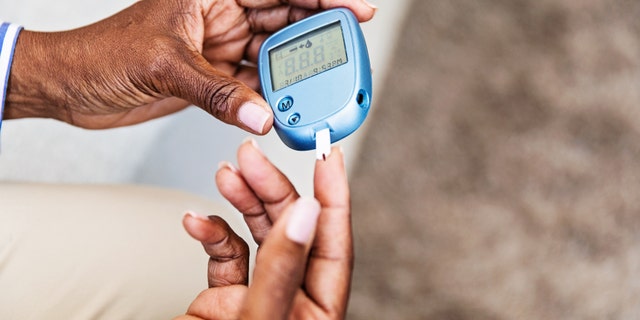
People with diabetes need to monitor their blood sugar to ensure it is at a safe level. (iStock)
Diabetes mellitus type 1, or Type 1 diabetes, was formerly known as juvenile diabetes or insulin-dependent diabetes.
It does not have a known cause, and is suspected to be linked to genetic or environmental factors, the Mayo Clinic's website notes.
People with Type 1 diabetes do not produce insulin and must take insulin to survive.
Type 2 diabetes refers to a condition in which a person's pancreas does not produce enough insulin and cells become resistant to insulin.
Typically, people are diagnosed with Type 1 diabetes as children; however, it can occur at any age, according to the Mayo Clinic.
MORE THAN 75% OF AMERICANS AREN'T GETTING ENOUGH EXERCISE, ACCORDING TO CDC STANDARDS
Conversely, diabetes mellitus type 2, or Type 2 diabetes, was formerly referred to as adult onset diabetes, notes the website for the Mayo Clinic.
It is linked with obesity and inactivity.
Type 2 diabetes refers to a condition in which a person's pancreas does not produce enough insulin and cells become resistant to insulin.
This results in an increase of a person's blood sugar, which can be dangerous over time, says the Mayo Clinic.

Diet and exercise are two ways that people can manage Type 2 diabetes, says the Mayo Clinic. (iStock)
This condition cannot be cured.
However, it can be managed with medications, proper diet and exercise.
In the study, the researchers found that if the incidence rate of all types of diabetes in 2017 among young people remains the same until 2060, the total number of young diabetics would rise from 213,000 to 239,000 — for an increase of 12%.
Over the last two decades, however, the number of young people with the Type 2 diabetes has "substantially increased," said the CDC.
OZEMPIC DIABETES DRUG IS TRENDING AS A WEIGHT-LOSS METHOD — HERE'S WHY AND WHAT DOCTORS SAY
The CDC believes that "the increasing prevalence of childhood obesity," as well as "the presence of diabetes in people of childbearing age," could be two reasons for why the number of young Type 2 diabetics has increased so rapidly.

Those with Type 2 diabetes may need the help of medication to better control their blood sugar. (iStock)
When the percentage increase in the number of young people with Type 2 diabetes between 2002 and 2017 is applied to future generations, the researchers found that the number of young diabetics could be as high as 526,000.
"Increases in diabetes — especially among young people — are always worrisome, but these numbers are alarming," said Christopher Holliday, director of CDC’s Division of Diabetes Translation, in the study's press release from the CDC.
CLICK HERE TO SIGN UP FOR OUR LIFESTYLE NEWSLETTER
Race and ethnicity are believed to play a role, said the study.
It found there will likely be "a higher burden of type 2 diabetes for Black, Hispanic/Latino, Asian, Pacific Islander, and American Indian/Alaska Native youth."
CLICK HERE TO GET THE FOX NEWS APP
"This study’s startling projections of Type 2 diabetes increases show why it is crucial to advance health equity and reduce the widespread disparities that already take a toll on people’s health," said Holliday.
Health - Latest - Google News
January 01, 2023 at 01:16AM
https://ift.tt/MRnDSOK
Type 2 diabetes: Study predicts 'startling' rise of the condition among America's young people - Fox News
Health - Latest - Google News
https://ift.tt/facnHbp
